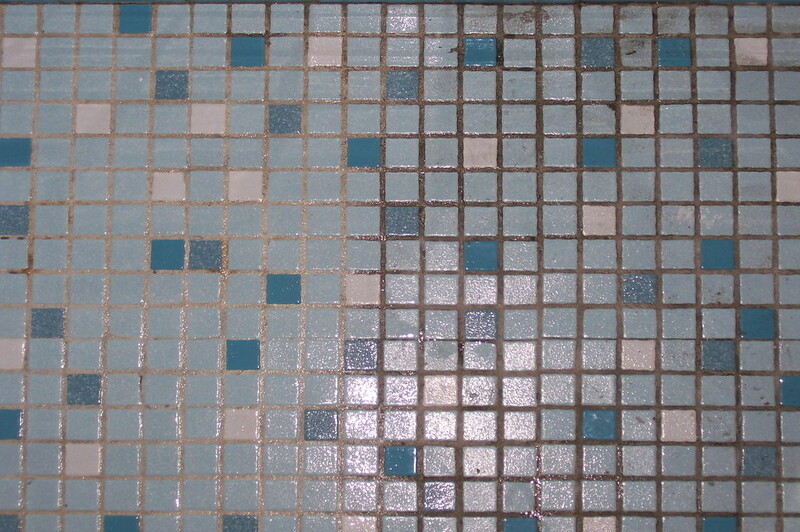There’s a high probability that grout in damp areas will be infested by mildew, making you ask yourself how to remove mildew stains from grout.
Not only is it unsightly, but it can also bring an unpleasant smell with it. It is good to know that there are numerous ways to remove mildew and its stains in the grout.

Continue reading if you’re interested to know and learn more.
What Is Mildew?
Mildew is a kind of fungus thriving in moist and humid environments related to mold. Both have undeniable similarities but don’t get them mixed up because they aren’t the same.
Cleanipedia defined mildew as a type of mold, a category covering a small kind of fungi. It can appear on various surfaces of materials.
Mildew can be identified by its flat growth on surfaces, which appear white to gray. The odor is similar to filthy wet socks or rotting wood but milder.
For additional information, you can visit this article about how to find mildew smell in house.
In terms of health dangers, mildew is significantly less dangerous than mold. However, prolonged exposure can cause headaches, coughing, and difficulty breathing.
Why does mildew develop on grout?
Since the porosity of grout is very sensitive to microscopic growth, it is one of the most common places where mold can grow. Tiles usually can carry lots of moisture, more so for those in a damp and humid environment.
After cooking or washing, it is often neglected to clean and dry the tiles and the grout between the tiles. Then if the tiles were wet and there was no proper air circulation, mildew and mold could quickly flourish there.
It’s best to take action once you’ve seen the grout on your tiles looking grim already to avoid risking health.
To know more, visit this detailed article titled can grout get moldy.
Cleaning Mildew And Mildew Stains From Grout
Before cleaning the mildew from grout, make sure you are well prepared. Start with opening all windows in the area to ensure proper air circulation.
Also, wear protective clothes, safety gloves, goggles, and masks, for an added assurance of your safety. Now you can choose which method from the following to perform.
Method #1. Baking soda
Start by making a paste by stirring ½ cup of baking soda and numerous teaspoons of water. You can adjust the measurement as long as you end up with an easy-to-spread-out texture.
Then you can use this paste to place over the mildew in the grout instantly. Leave it aside for 10 minutes, letting the baking soda do its work.
Now, it’s time to scrub the mildew-covered paste with a brush. Finally, after cleaning thoroughly, wash it with water.
You could repeat this process if some mildew stayed.
Method #2. Baking soda with hydrogen peroxide
For this, you need to prepare your baking soda paste and the hydrogen peroxide. For making the paste, you can follow the same process as stated in the first method, which is to mix half a cup of baking soda and half a cup of water
Feel free to make adjustments until you can form a paste.
Apply the baking soda paste directly to the mildew-affected grout. Then follow this by pouring hydrogen peroxide on top of the paste.
After a few minutes, use a brush to scrub the paste. Finally, rinse away with water.
Repeat the process if there’s a need to do so.
Method #3. White vinegar
Preferably, it is best if you use distilled white vinegar. Place the vinegar in a spray bottle.
Spray vinegar on the mildew at the grout and sit for around half an hour. After letting it soak in vinegar, start gently scrubbing the affected area using a brush.
Repeat the spraying, soaking, brushing for the second time. Finally, wash it clean with warm water.
You can also learn from this article about how to make tilex mold and mildew remover, as another method for cleaning mildew.
Specific Way To Remove Mildew Stains
For removing mildew stains, you can use either oxygen bleach or chlorine bleach.
Spray the solution directly on the grout with stains, then leave it aside for several minutes. Rinse it with warm water.
If stains remained, recount the process. The taints should then disappear.
You can decide to replace the grout with a new one, but this should be your last course of action.
Prevent mildew in the grout
Still, deterrence is better than cure, so while it’s early, you might as well take action. If you don’t want mildew to infest in your tile grout, then consider following these easy tips:
- Let the bathroom and kitchen doors and windows open for air circulation.
- Use dehumidifiers.
- Make use of chemicals that can prevent mildew.
- Keep tiles clean by regular scrubbing.
- Fix water leaks and other sources of excess moisture.
- Try applying silicone-based grout sealer on grout.
Conclusion
Mildew grows in a wet and humid environment; tiles and grout in your kitchen, bathroom, or laundry room are more susceptible to this. With proper methods, you’ll know how to remove mildew stains from grout and even prevent this from coming back.
With the different methods given above, you can test which is the best for you. As long as you do it correctly, you won’t need to worry anymore.
